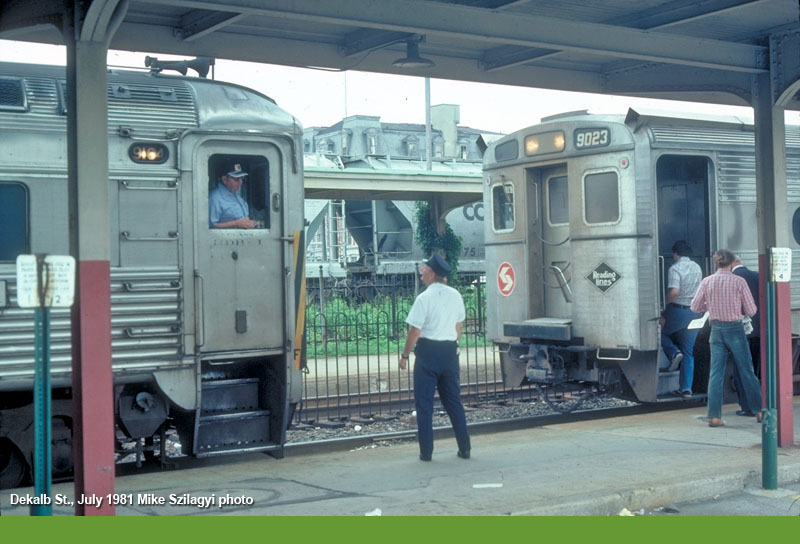These are not my pics, but here is what happened.
January 2nd 1982
January 2nd 1982 was the beginning of the end of SEPTA's experiment with Rapid Transit on a railroad.
Only four months into the new operation named "HS-1", a catastrophic accident occured which claimed the life of the engineer. The accident was a result of poor visibility on the part of the truck driver, and a possible grade crossing signal which failed to illuminate because SEPTA was operating single car trains on a scarsely used rails.
Shuttle buses were subsituted for trains for a week after the accident. After service resumed, all trains were operated with two cars. A flagman was assigned to protect the Second Street Pike grade crossing until the crossing signals were repaired. Within a month, SEPTA had replaced the aged Reading Company signals with gates and new flashing lights. A little over a year later, the trains were permenantly sidelined in favor of shuttle buses.
Ex-Reading Company RDC #9164 was scrapped after the accident and investigation concluded.
http://community.webshots.com/album/17779901dMvXmQnXmD